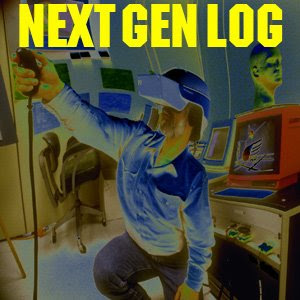
Airless tires could reinvent the wheel for military vehicles by preventing the enemy from shooting out tires. In Iraq, for instance, a leading cause of casualties has been stranded Humvees peppered with small arms fire after roadside bombs blew out their tires. Resilient Technologies LLC (Madison, Wis.), together with the University of Wisconsin's Madison Polymer Engineering Center, are developing an airless tire to solve the problem with a four-year, $18-million grant from the Pentagon.
Text: http://www.eetimes.com/showArticle.jhtml?articleID=208801573






























